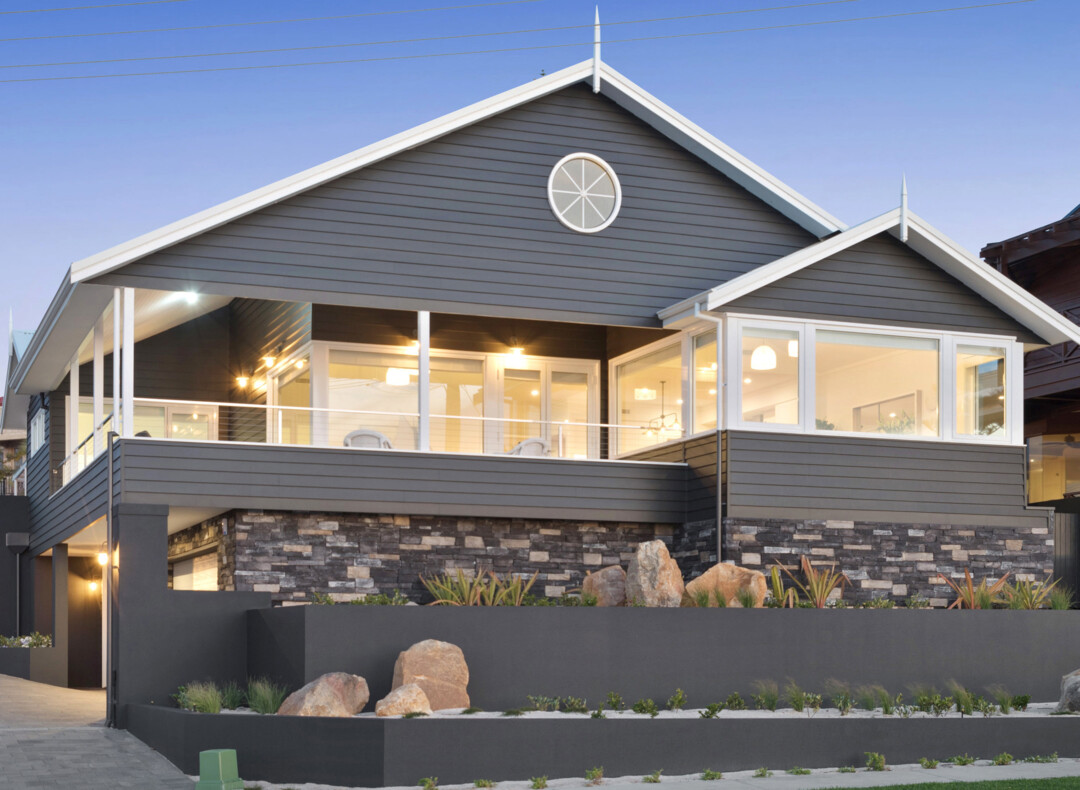All Categories
Featured
Table of Contents
Double Glazing Australia Blogs in Southern River Western Australia
Glazing merely means the windows in your home, including both openable and fixed windows, in addition to doors with glass and skylights. Glazing in fact just implies the glass part, but it is generally utilized to refer to all aspects of an assembly consisting of glass, films, frames and home furnishings. Focusing on all of these aspects will help you to achieve effective passive style.

Energy-efficient glazing makes your house more comfortable and drastically minimizes your energy costs. Inappropriate or improperly developed glazing can be a major source of undesirable heat gain in summer season and considerable heat loss and condensation in winter. Approximately 87% of a house's heating energy can be gotten and as much as 40% lost through windows.
Double Glazing Vs Triple Glazing For Windows (2023) in Beechboro Perth
Glazing is a considerable investment in the quality of your home. The expense of glazing and the expense of heating and cooling your home are closely associated. A preliminary investment in energy-efficient windows, skylights and doors can considerably reduce your annual heating and cooling expense. Energy-efficient glazing likewise lowers the peak heating and cooling load, which can lower the required size of an air-conditioning system by 30%, leading to additional cost savings.

This tool compares window choices to a base level aluminium window with 3mm clear glass. Comprehending some of the key residential or commercial properties of glass will help you to choose the finest glazing for your house. Secret residential or commercial properties of glass Source: Adapted from the Australian Window Association The quantity of light that passes through the glazing is referred to as noticeable light transmittance (VLT) or visible transmittance (VT).
Is Double Glazing Worth It? in Scarborough Western Australia
The U worth for windows (revealed as Uw), describes the conduction of the whole window (glass and frame together). The lower the U worth, the greater a window's resistance to heat circulation and the better its insulating value.
For example, if your house has 70m2 of glazing with aluminium frames and clear glass with a U worth of 6. 2W/m2 C, on a winter season's night when it is 15C colder outside compared to inside, the heat loss through the windows would be: 6. 2 15 70 = 6510W That is equivalent to the total heat output of a large room gas heating unit or a 6.
Double Glazed Windows Melbourne - Upvc - German ... in Bentley Western Australia

If you select a window with half the U value (3. 1W/m2 C) (for example, double glazing with an argon-filled space and less-conductive frames), you can halve the heat loss: 3. 1 15 70 = 3255W The solar heat gain coefficient (SHGC) for windows (revealed as SHGCw) measures how readily heat from direct sunshine flows through an entire window (glass and frame together).
The lower a window's SHGC, the less solar heat it transmits to your house interior. Glazing manufacturers declare an SHGC for each window type and style. However, the real SHGC for windows is impacted by the angle that solar radiation strikes the glass. This is called the angle of occurrence.
Keeping Your House Cool In The Summer in Subiaco Perth
When the sun is perpendicular (at 90) to the glass, it has an angle of occurrence of 0 and the window will experience the optimum possible solar heat gain. The SHGC declared by glazing makers is constantly determined as having a 0 angle of occurrence. As the angle increases, more solar radiation is shown, and less is sent.
Table of Contents
Latest Posts
Reasons Why Double Glazed Windows Are A Good Idea in North Fremantle Perth
Replacement Double Glazing - Upvc Windows in Kelmscott Perth
Reasons Why Double Glazed Windows Are A Good Idea in Wilson Western Australia
More
Latest Posts
Reasons Why Double Glazed Windows Are A Good Idea in North Fremantle Perth
Replacement Double Glazing - Upvc Windows in Kelmscott Perth
Reasons Why Double Glazed Windows Are A Good Idea in Wilson Western Australia